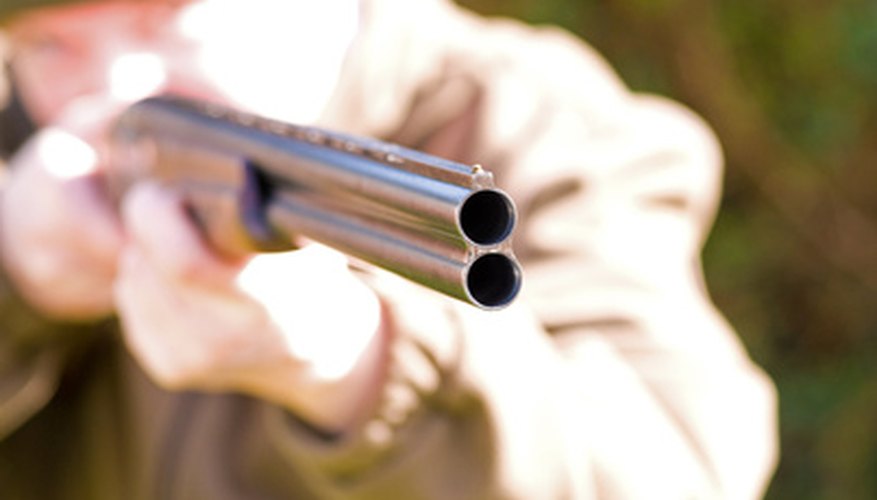Clay pigeon shooters often want or need to fire at targets thrown at a random angles and/or a variety of trajectories. Shooting at random angles is required in regulated trap shooting competitions. In other situations, such as wobble trap and in some sporting clays stations, an oscillating thrower is used but there are no set requirements as to how far the machine is allowed to move. Even for impromptu target practice, a target thrower which throws the clay targets at random angles and in a variety of trajectories provides shooting opportunities more realistic of hunting situations.
- Clay pigeon shooters often want or need to fire at targets thrown at a random angles and/or a variety of trajectories.
- In other situations, such as wobble trap and in some sporting clays stations, an oscillating thrower is used but there are no set requirements as to how far the machine is allowed to move.
Regulation Trap
If making an oscillating target thrower to use at a regulation trap range or to simulate trap shooting at a regulation range, the oscillation mechanism must be built to rigid specifications. According to the rules of the Amateur Trapshooting Association, the oscillation of the thrower must range 45 degrees total, 22.5 degrees to the left or right of centre.
Wobble Trap
The mechanism to make a clay target thrower for the shooting game, Wobble Trap, is more complicated because not only does the thrower need to oscillate from side to side as in conventional trap, it must also move up and down randomly to throw targets at a variety of trajectories from skimming just above the ground to shots going high at steep angles. Unlike in regulation trap, there are no "standards" to follow. The side-to-side oscillation can be greater or less than the 45 degrees mandated for conventional trap shooting and there is no set standard for specific amount of vertical movement, either.
AC/DC
The location of the target throwers at most trap, skeet and wobble trap ranges are unchanging, and the motors on the target throwers are powered by 120-volt AC current through buried transmission lines leading to the thrower locations. At sporting clay courses, the location of throwers isn't static, so machines powered by deep-cycle, 12-volt DC batteries are the norm. Decide if your thrower will be portable or permanent and build the thrower accordingly.
Safety
The throwing arm of a clay target thrower is fast and powerful. Be sure your design allows the machine to be shut down quickly and easily and the throwing arm locked or disabled when someone is moving, servicing or loading the thrower with new targets.
